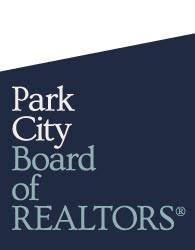Why Pricing Matters
The Park City market includes a diverse range of properties, from historic Old Town homes to luxury ski-in/ski-out estates. Even within the same neighborhood, pricing can vary significantly due to differences in finishes, views, location, and amenities.
A well-priced home will generate strong interest, reduce time on market, and help avoid the need for future price reductions.







